The best hydration packs
The best hydration packs to quench your thirst while hiking, trail running or during your next endurance event
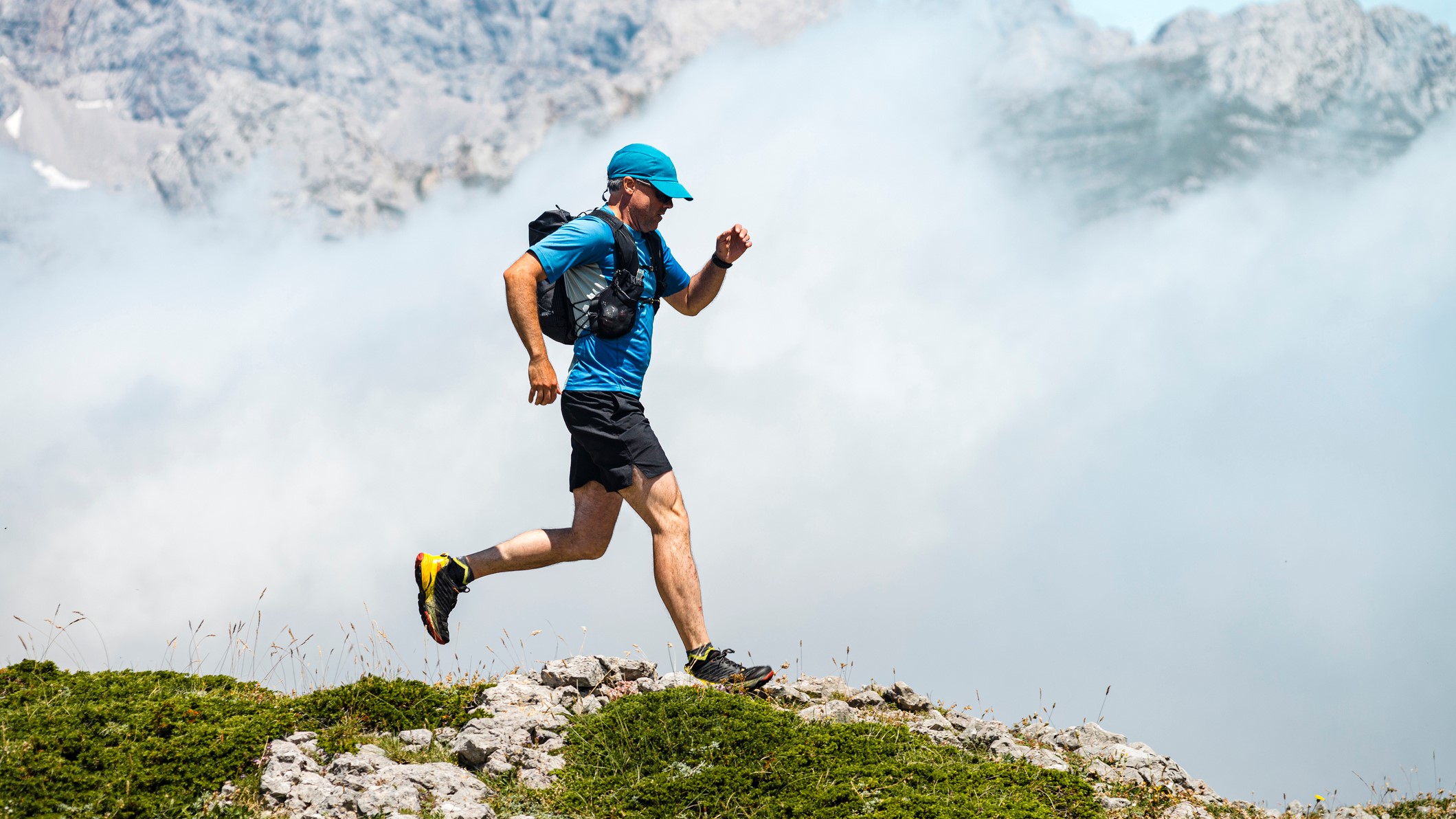
Unleash both convenience and performance on your next adventure with our guide to the best hydration packs, designed to improve your outdoor adventures. Whether you're hitting the trails for a rugged hike, conquering miles on your run or cycling through challenging terrain, having easy access to hydration is essential for peak performance and comfort.
We understand the importance of finding the best hydration pack that not only keeps your thirst quenched but also enhances your overall experience. Comfort is a top priority, with our selection featuring backpacks crafted from lightweight, sweat-friendly materials to prevent chafing and discomfort during prolonged use.
At Tom's Guide, we've put a variety of the best hydration packs to the test, considering factors such as water-carrying capacity, comfort, practicality in motion and overall weight.
Our top overall pick is the lightweight Salomon Active Skin 8 thanks to its comfort and versatile pocket system, while the Salewa Ultra Train 18BP is the best hydration backpack we've tested for those who need a bit more storage.
They're not your only options though, and whether you're embarking on an ultra-endurance race or enjoying shorter outdoor activities under the blazing sun, trust our guide to lead you to a top-quality hydration companion for your adventures.
The quick list

The Salomon Active Skin 8 is the best overall hydration pack thanks to a comfy design that's form-fitting and breathable with plenty of space for both water and personal items.
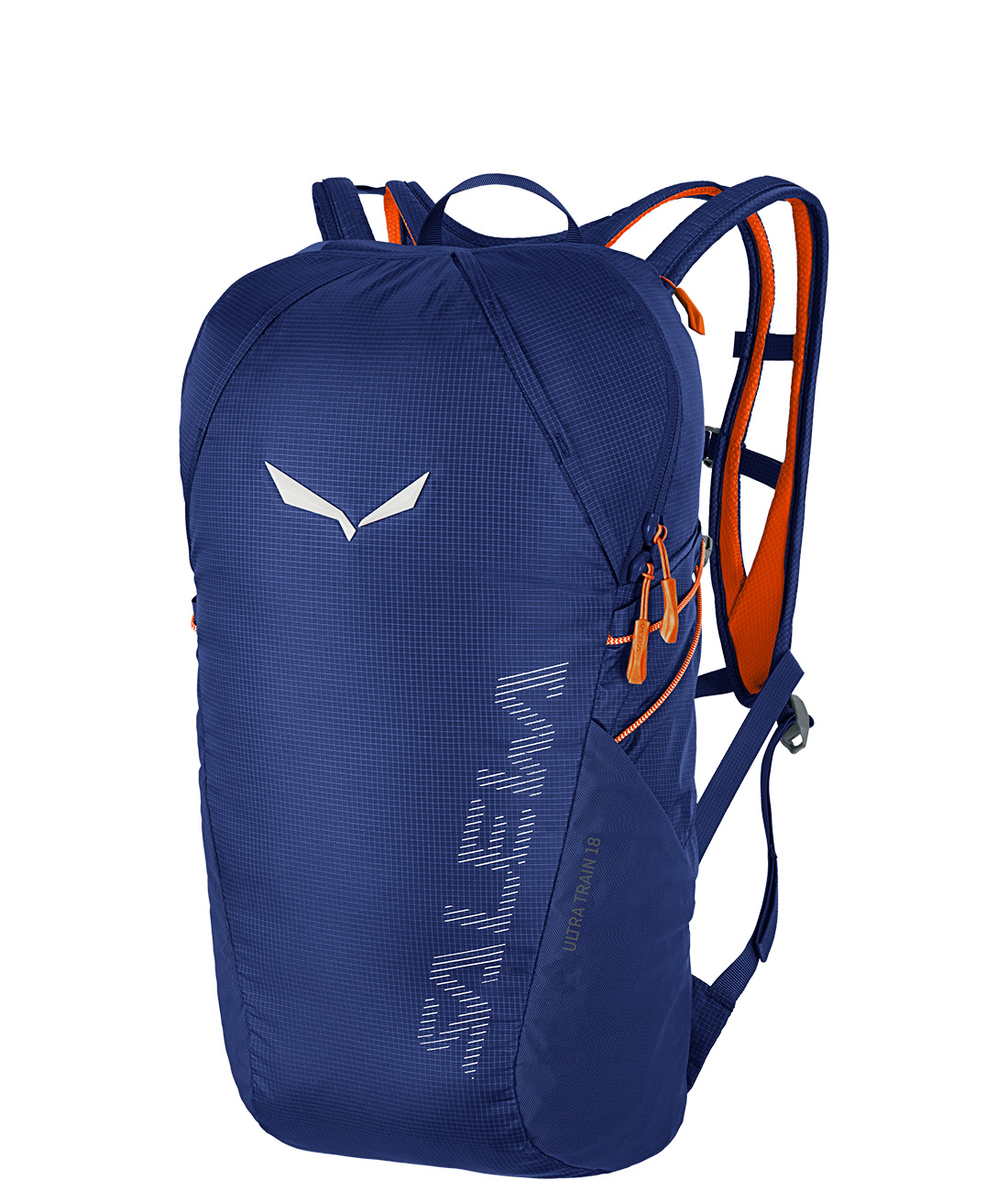
The Salewa Ultra Train 18BP pack has a large capacity and is as lightweight as it is sturdy, making it our top pick for minimalist adventurers. It also boasts an extra-sporty aesthetic.

As the name suggests, this one was built with fastpackers in mind. Weighing just 1.3 pounds, the Fastpack 20 is constructed tough as nails and features a handy roll-top for quick access.
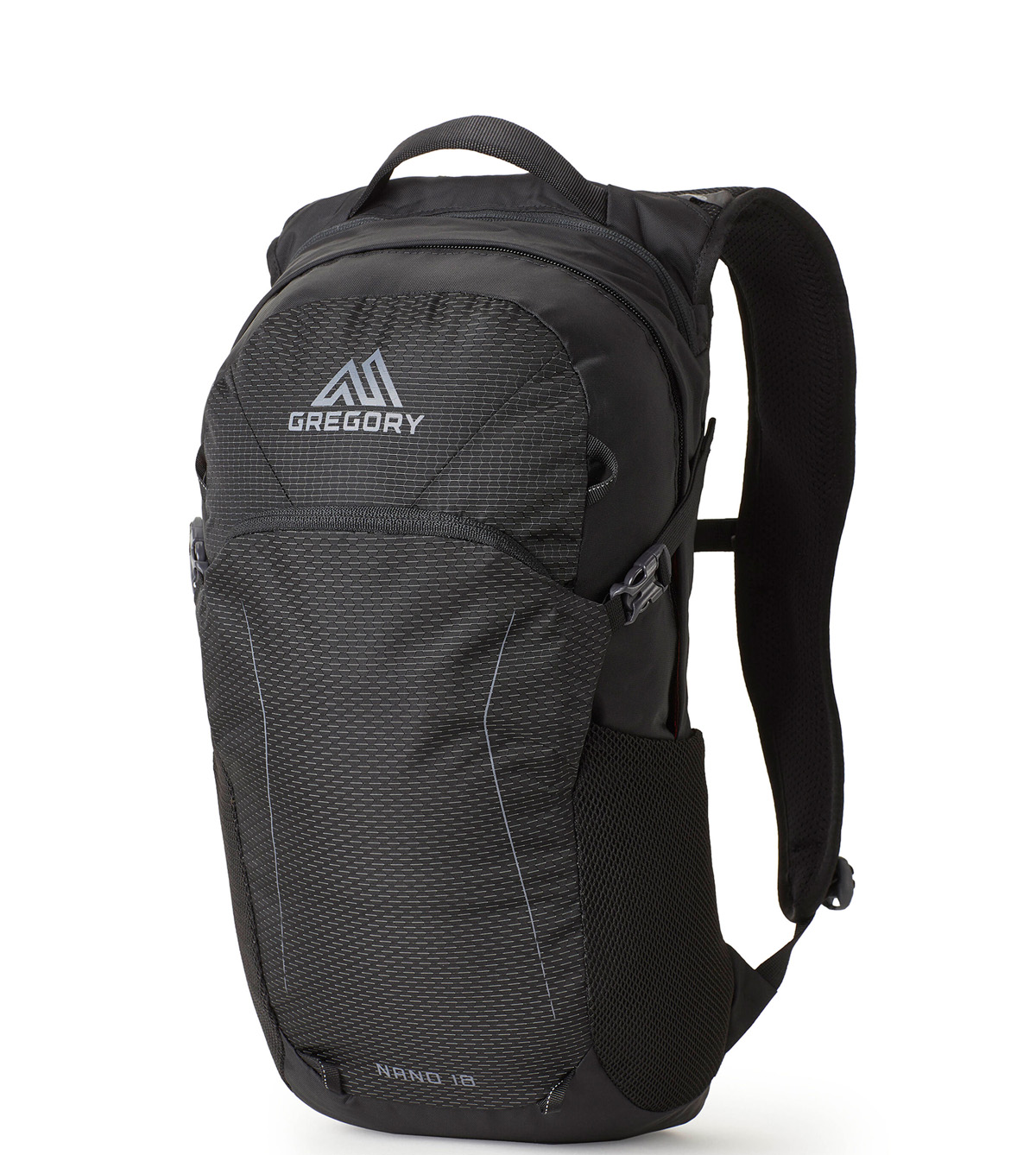
The Gregory Nano 18 is our favorite budget-friendly hydration pack for under $100. It features dual compression straps, a well-ventilated back panel and cool styling with lots of colors to choose from.
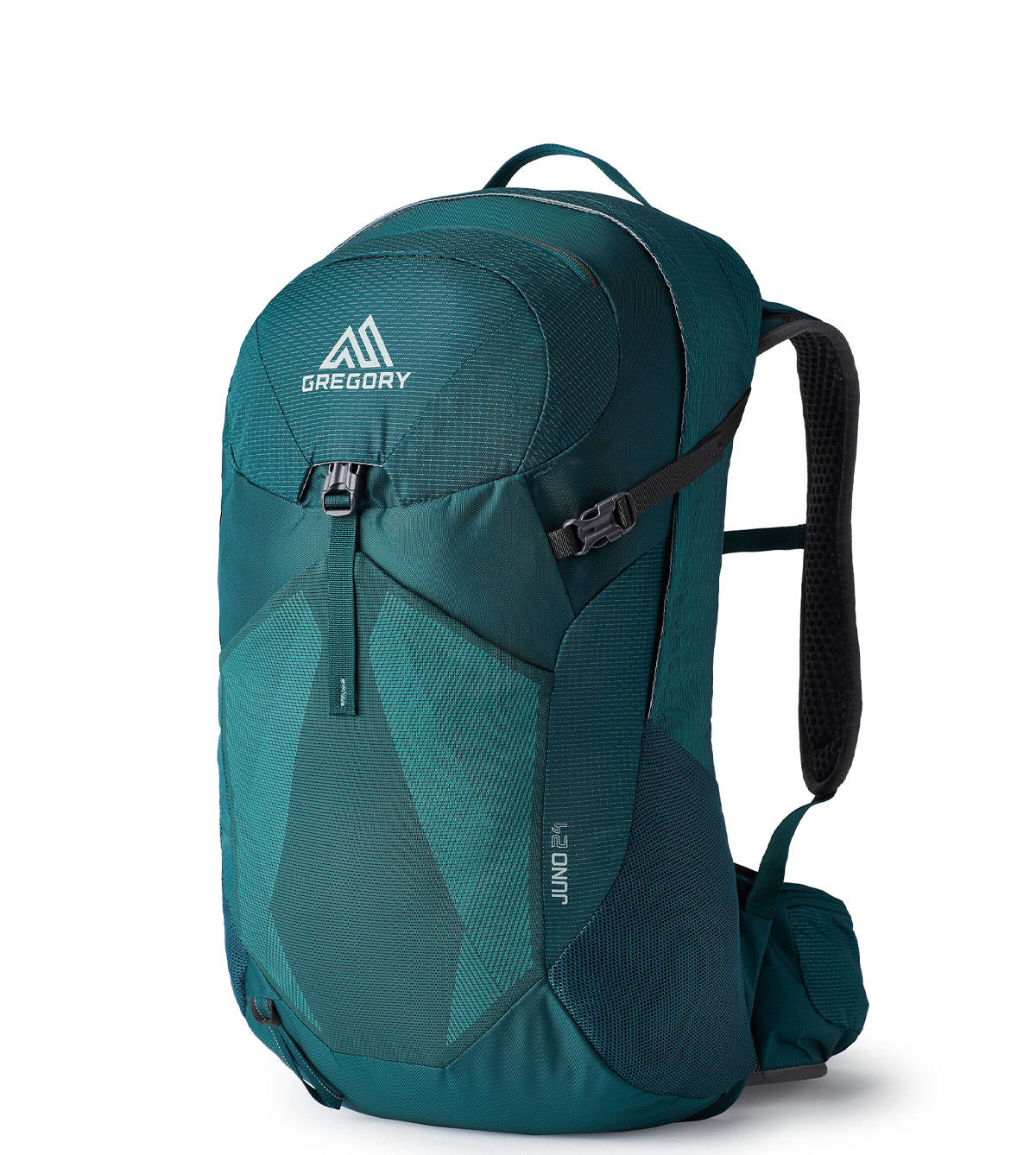
Gregory Juno 24 is the bigger brother of the Nano 18 offering more storage for both casual hikers and serious trail runners alike. It also includes lots of useful features like attachment points for trekking poles.

The North Face Flight Race Day Vest 8 is the best hydration pack for runners and serious athletes with a need for speed, weighing a mere 4.5 ounces and available in a range of sizes to suit.
The best hydration backpacks to buy right now
Why you can trust Tom's Guide
Best hydration pack overall


1. Salomon Active Skin 8
Our expert review:
Specifications
Reasons to buy
Reasons to avoid
Whether you need it for short, mid, or ultra-long distances, runners of all ages and body types are bound to appreciate the highly adjustable Sensifit design, which maximizes on-the-move comfort with soft fabrics, an inner mesh lining, and secure storage for your wallet, keys and phone. The stretchy sternum strap was easy to adjust on the fly during my testing, and the front pockets never restricted my breathing. In short, this hydration pack moves with you, not against you.
Factor in an elastic keychain holder, fast-wicking fabrics for optimal moisture management, and superb ergonomics, and you can see why this is the hydration backpack I ran a trail marathon with.
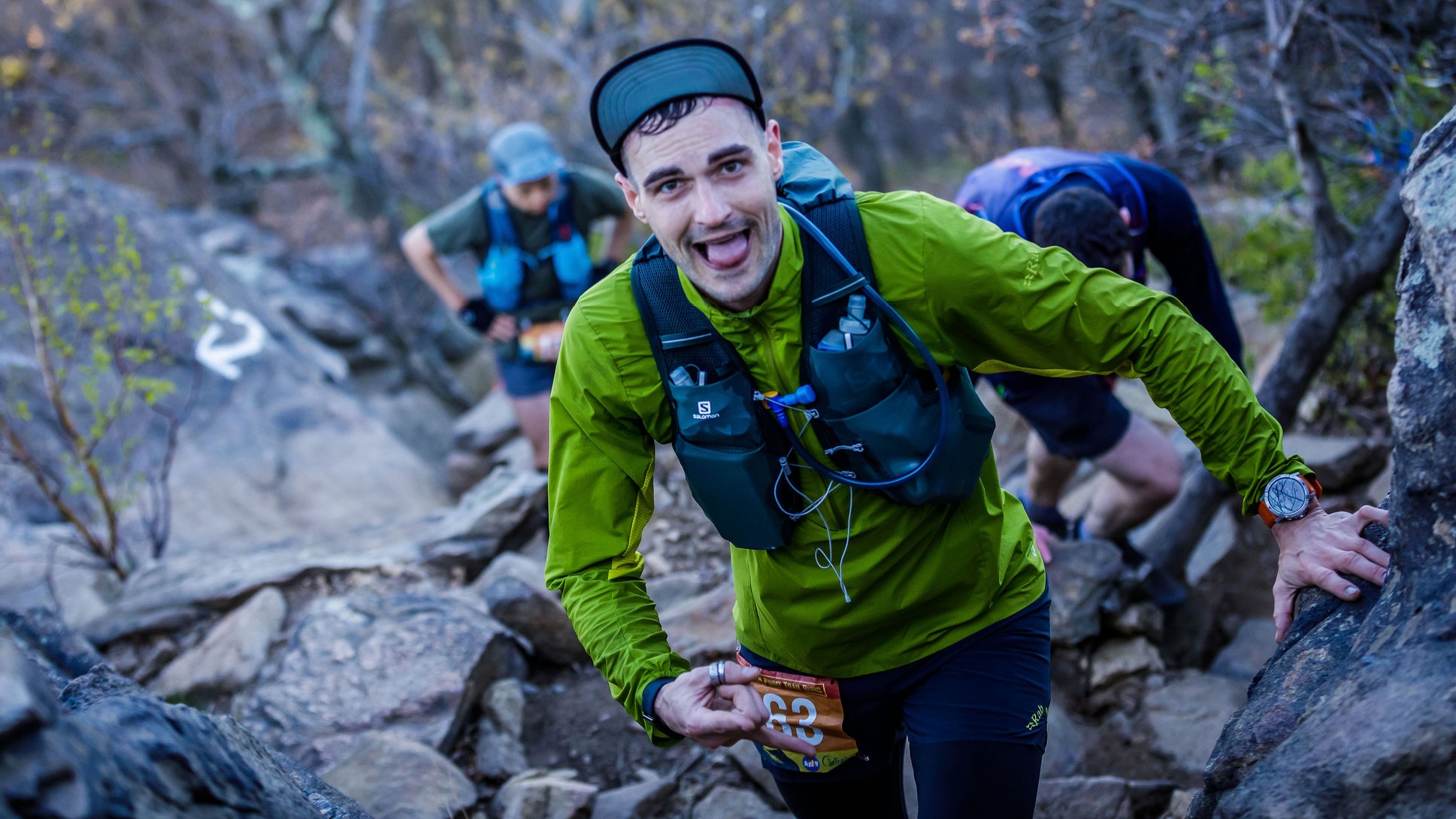
The Salomon Active Skin 8 was instantly comfortable from day one of testing, and I loved how easy it was to snap the sternum strap into place once I had everything packed away. There’s an excellent stretchiness to the front pockets, making everything easily accessible on the trail without having to stop mid-run and fiddle with any straps or zippers. My first few runs with this hydration pack were in colder weather (around 25°F), and the Active Skin 8 really did feel like a second skin as I jogged around the outer trails of Prospect Park. When the weather warmed up, I even wore the Active Skin 8 without a shirt underneath and was surprised to find zero chafing anywhere on my upper body at the end of my three-mile jog.
When it came to my trail marathon, the Salomon Active Skin 8 did not disappoint. There was plenty of room in the back for my 2L bladder, plus space for a small first aid kit, my gloves, and my jacket. Once that main bladder was empty, having two 500ml flasks on my chest ended up being the perfect amount of hydration between aid stations, which were spaced out every five miles throughout the course. It’s not the cheapest hydration vest on the market, but the Salomon Active Skin 8 was well worth the money.
Best hydration backpack


2. Salewa Ultra Train 18BP
Our expert review:
Specifications
Reasons to buy
Reasons to avoid
If you’re going to hit the trail with maximum mobility, you’ll want a hydration backpack that’s as lightweight as it is strong. The 12-ounce Salewa Ultra Train 18BP fits the bill with its ample 18-liter capacity, 3D channel ventilation, and a Twin Compression support system that promises a closer carry and more stabilized load as you hop from one crag to the next. There are also sternum and hip straps to keep everything as snug as a bug in a rain-resistant rug. The Ultra Train 18BP is made of 70-denier ripstop nylon, which is tough enough for the elements when you’re ducking between squalls. If there’s one thing I look for when it comes to outdoor gear, it’s proper weatherproofing.
As I tested out the Salewa Ultra Train 18BP, I appreciated the large main pocket for my hydration reservoir (which includes an exit system), not to mention a secure zip pocket for my valuables; extra side pockets; and quick access pockets to boot. There’s even a dedicated space for trekking poles. Split shoulder straps provide all-day comfort and breathability up top, and the reflective sublimation print added an extra layer of safety to any of my low-light excursions. If you’re an avid hiker, backpacker, or mountaineer, this is the hydration pack to beat, especially since it comes in a few different volume sizes (14L, 18L, and 22L).

To give this hydration backpack a fair shake, I filled up my 2L reservoir; fed the hose through the handy exit system; loaded the reservoir into the proper pocket; tossed another five pounds worth of gear into the main compartment, and hit the outer trails of Prospect Park for an afternoon hike. I love having that small pocket up top for my phone, wallet, and keys — or anything I might want on hand since it was easy enough to reach behind my shoulder and access the pocket as I walked. I didn’t even have to loosen the sternum straps, which are a cinch to adjust and release as necessary; the stretchable side pockets are easy to reach, too. The Salewa Ultra Train 18BP is so light, I could barely notice it on my back when I tried it on for the first time. (Granted, the bag was totally empty, but still.)
Best fastpacking hydration pack
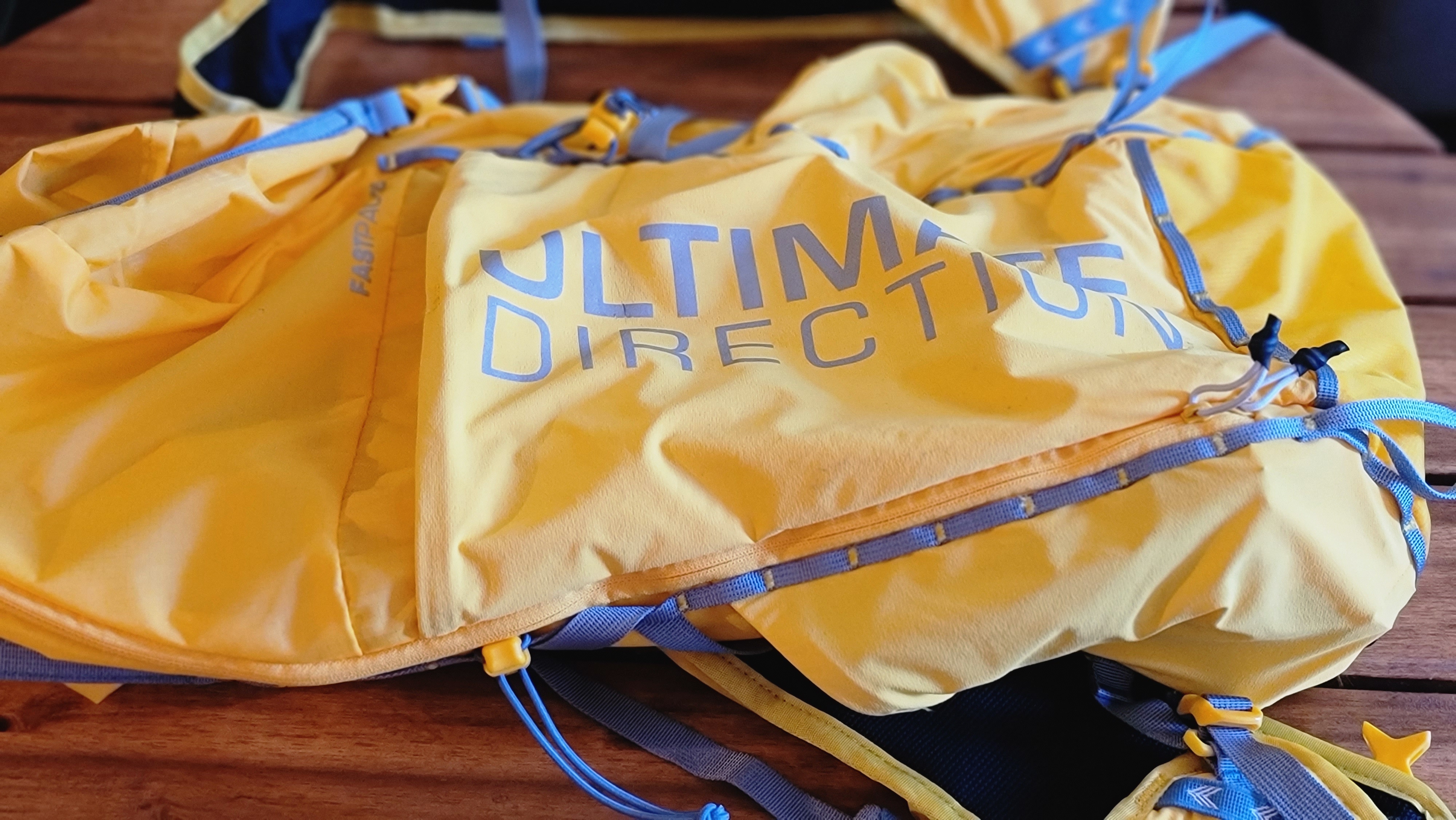

3. Ultimate Direction Fastpack 20
Our expert review:
Specifications
Reasons to buy
Reasons to avoid
If living like a hi-tech turtle is a constant fantasy of yours, consider the sport of fastpacking: multi-night treks that require more gear than the average hike. Most fastbackers aspire to keep their kits under 20 pounds, and the 1.3-pound Ultimate Direction Fastpack 20 is perfect for gliding through the backcountry with ease — and with all the proper gear on hand. This hydration backpack is available in three different volumes — 20L, 30L, and 40L — so you’re bound to find one that fits your next adventure to a T. (I tested out the original model of this hydration pack, but it comes in female-specific sizing, too.)
The Ultimate Direction Fastpack 20 is lightweight, durable as hell, and ready to take on the world, rain or shine. There’s a large front storage compartment for gear, food and other hiking essentials; the roll-top enclosure expands or compresses to keep everything secure, and the sternum straps can be adjusted from a few different angles. While water bottles aren’t included with your purchase, there’s plenty of room for your H2O receptacle of choice in the super-stretchable side mesh pockets, with dedicated reservoir storage inside.

To test out the Ultimate Direction Fastpack 20, I used it as my smaller carry-on bag on a weekend trip to Texas. (It was easily stowable under my airplane seat.) Upon my arrival, it became my daypack whenever I left the hotel, and boy-oh-boy was it necessary, because the daytime temperature hovered between 95°F and 105°F for my entire weekend stay; I carried electrolyte water with me wherever I went.
A few of the other hydration backpacks on this list (like the Salomon Active Skin 8) have built-in pockets on the front harness area, but these are more robust; there are eight in total, and two more on the sides. These pockets were deep enough that I never had to worry about losing my headphones, sunglasses, wallet, keys, or any other smaller items I stuffed in there when I was shuffling through the bag at airport security. It’s easy to misplace things when you travel solo, but the Ultimate Direction Fastpack 20 helped keep me organized as I zipped from one location to the next in my travels, and even with roughly 30 pounds of stuff strapped to my back at one point, the ergonomics of this hydration backpack were top-notch.
Best budget-friendly hydration pack
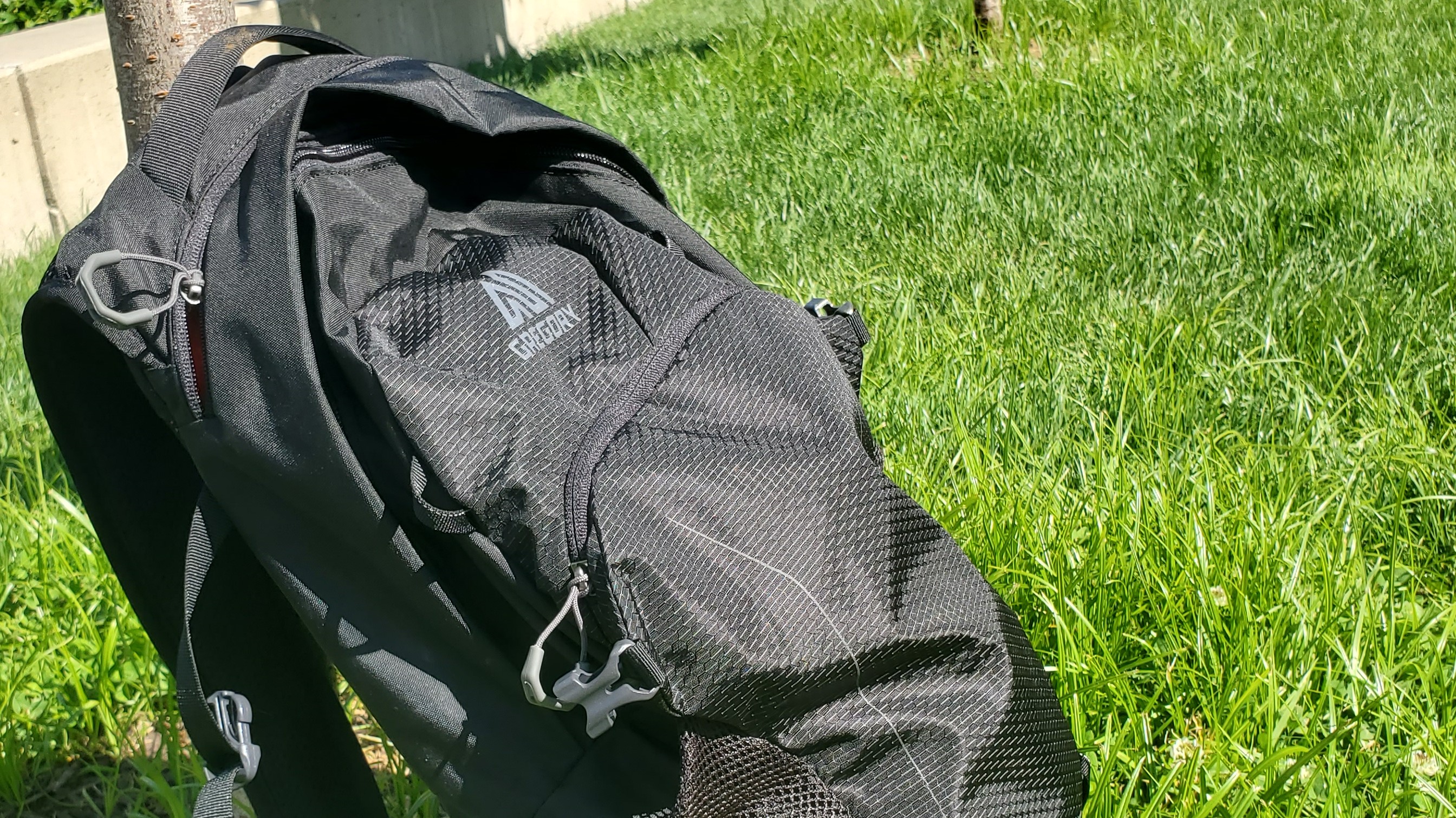
4. Gregory Nano 18
Our expert review:
Specifications
Reasons to buy
Reasons to avoid
For well under $100, the Gregory Nano 18 packs a powerful, portable punch of extra organization for on-the-go hydration. Available in eight brilliant designs — from Cobalt Blue to Woodland Camo — the Nano 18 is the perfect trail-trekking companion for comprehensive comfort and space for all your gear. Bonus: reflective webbing loops keep you visible when the daylight starts to wane.
The Gregory Nano 18’s reservoir compartment includes hydration routing (for the hose) and doubles as a laptop or tablet sleeve when you don’t have a water bladder inside, which made this hydration pack great for on-the-go iPad storage during my subway commutes around Manhattan. I can also see this pack being perfect for students; you can never have enough hydration handy when you’re dashing across the quad, after all.
The breathable back panel allowed for excellent ventilation whenever I was on the move, and the front zippered pocket provided no-nonsense access to any loose valuables thanks to a key hook and organization sleeves. For shorter excursions, the mesh side pockets were perfect for storing a hydration flask (or two).
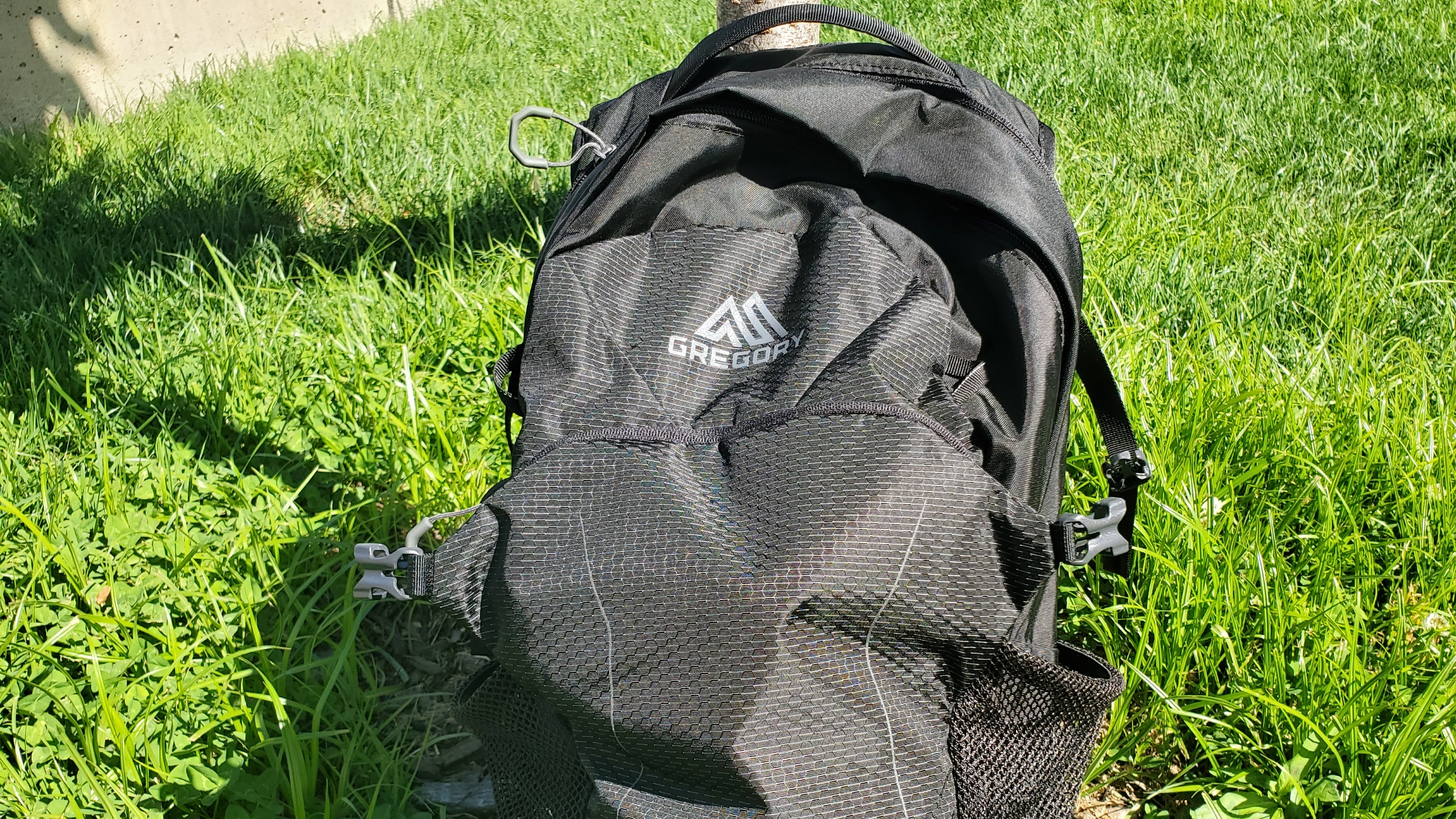
The Gregory Nano 18 is smaller than the Ultimate Direction Fastpack 20 and slightly lighter, but you don’t get nearly as many useful pockets — which was fine for keeping things fast and light. The weight felt equally distributed on my back throughout testing, especially once I’d properly adjusted the sternum strap and hip belt to my frame. It’s small enough for both hiking and jogging, and the breathable back panel kept airflow moving whenever I was on the run. I would have appreciated some small pockets on the front harness, but if you’re looking for a rugged, affordable hydration pack on the ultra-minimalistic side, the Gregory Nano 18 is a solid choice.
Best big hydration backpack
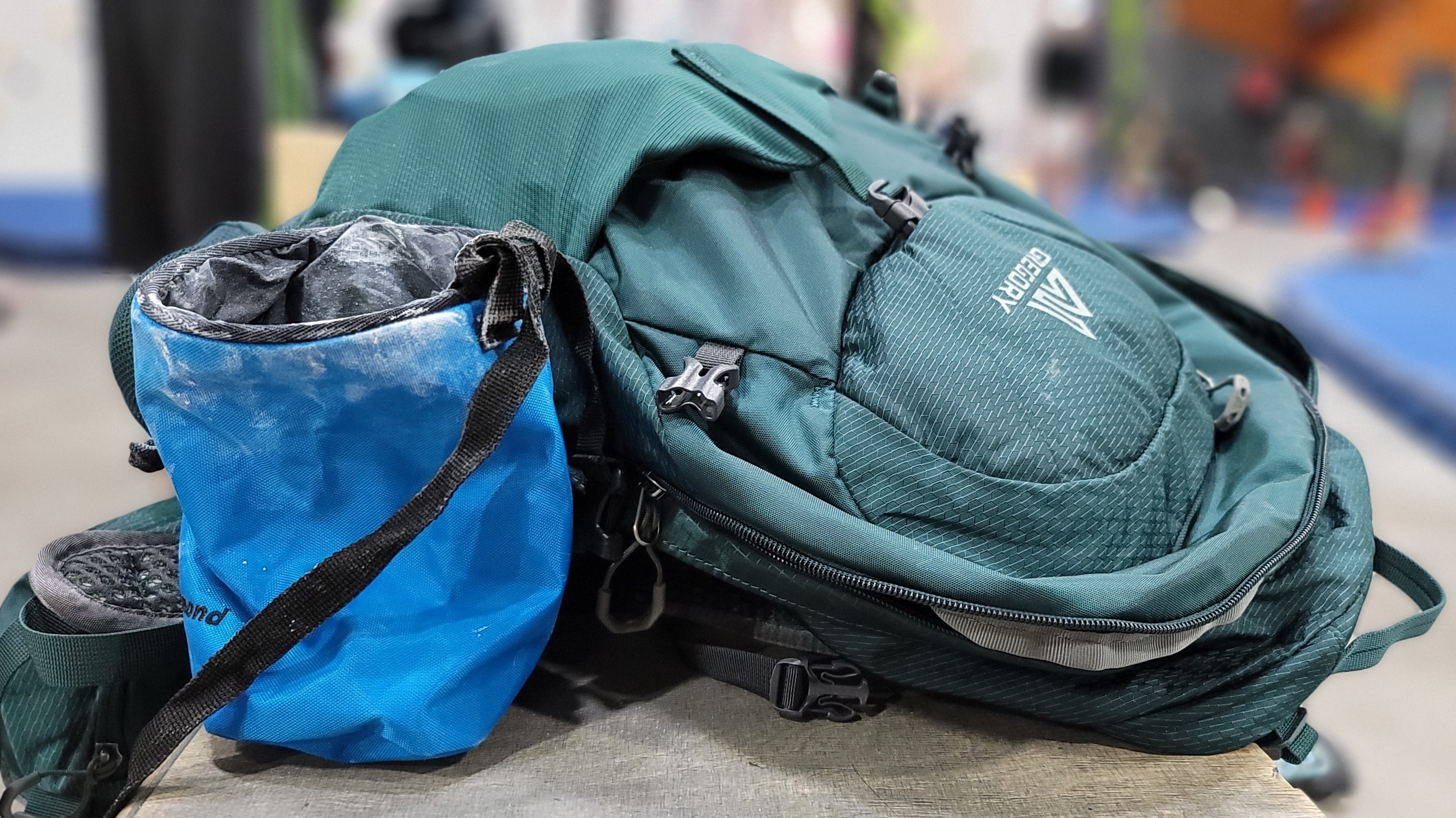
5. Gregory Juno 24
Our expert review:
Specifications
Reasons to buy
Reasons to avoid
The form-fitting Gregory Juno 24 is a bit of an upgrade from the Nano 18, and it’s perfect for day hikes — or whenever you just need the essentials…and then some.
Unlike more minimalist hydration backpacks on this list, the Gregory Juno 24 has a built-in alloy steel suspension for additional comfort and equal weight distribution across the back and chest, which was comfortable right from the get-go.
As the name suggests, the Gregory Juno 24 can hold up to 24 liters total. There are stretchy front and side pockets for quick-and-easy storage, and a thick padded hip belt with large zippered pockets for extra snacks, a Leatherman, or any other outdoor gear you want at your fingertips. There’s even a trekking pole attachment (complete with bungee closure system) for when the trail stops getting gnarly, and a strap to stow your sunglasses on the front harness.
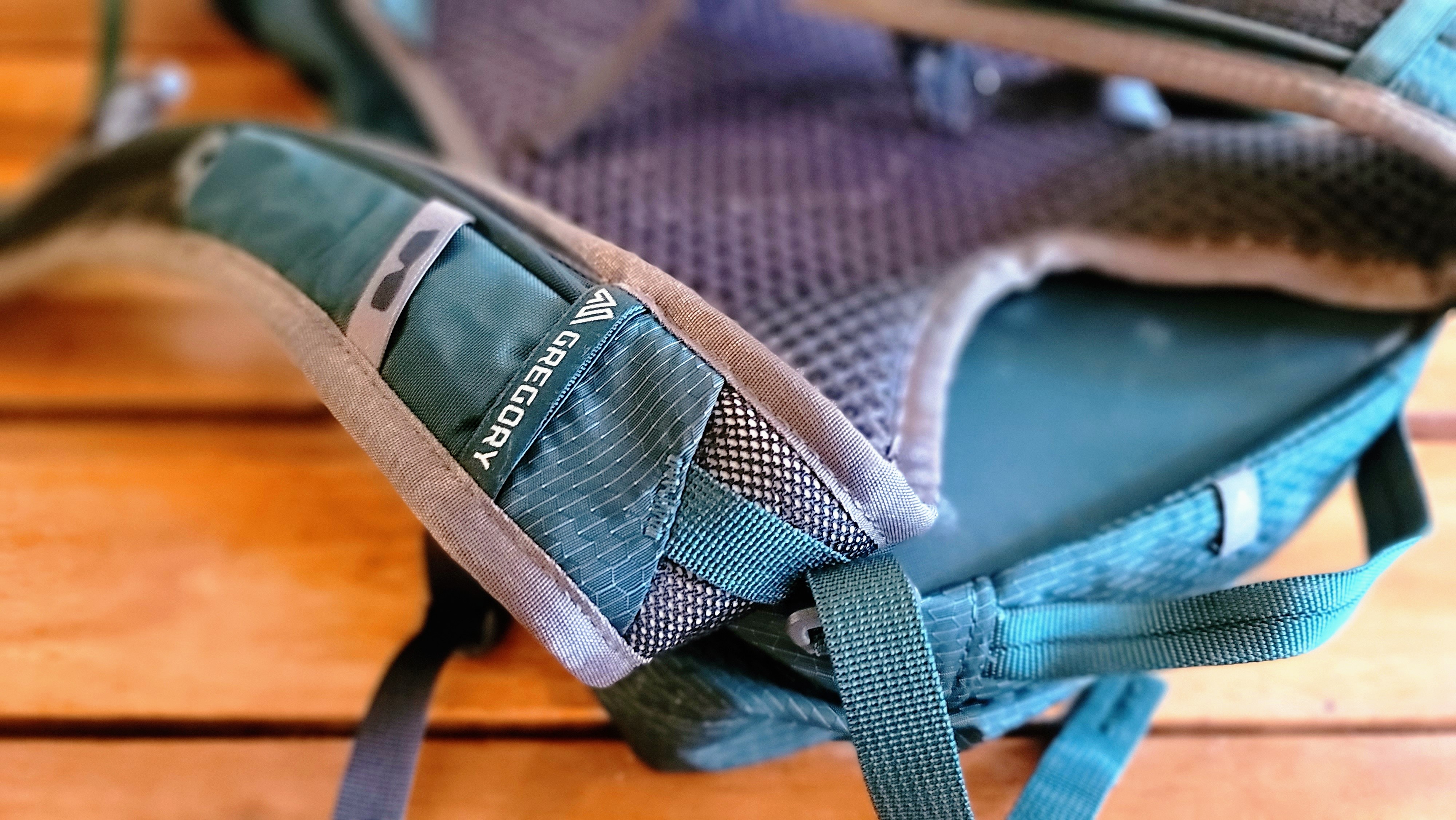
I used the Gregory Juno 24 as a daypack for a variety of Manhattan errands, along with a two-hour hike in Prospect Park and bouldering workout at The Cliffs. The hip belt provided excellent support when I had more weight in the bag, and the front pocket was the perfect size to squeeze a pair of sandals into when I took the Gregory Juno 24 to the beach. The sunglass storage strap was useful for transitioning indoors or under tree cover; the breathable back panel felt extremely ergonomic, too.
The hip belt on the Gregory Juno 24 sat higher on my torso than I would have liked, but I’m a little lankier than average; taller folks may want to consider the Ultimate Direction Fastpack 20. (Or a vest-style bag.)
Best hydration pack for runners

6. The North Face Flight Race Day Vest 8
Our expert review:
Specifications
Reasons to buy
Reasons to avoid
If fast-and-light running is more than a hobby for you, consider the TNF (The North Face) Flight Race Day Vest 8, which features a bare-bones design to help keep you light on your feet and focused on those PR goals with every passing mile. It comes with two 500ml water flasks that sat squarely on my chest during testing; they’re easy to access via a retractable leash, and pretty impossible to lose when you’re on the run. If you’re ready to put in some heavy mileage at the head of the pack, the TNF Flight Race Day Vest 8 has you back. (And front.)
Despite the minimalist construction, The North Face doesn’t skimp on useful race day extras with the Race Day Vest 8, which felt lighter on my chest than even the Salomon Active Skin 8. (The former weighs 7.1 ounces on its own, while the latter weighs 4.5 ounces.) It might seem like a negligible amount of weight, but when you’re attempting to stay as lightweight as possible for race day, every ounce counts between aid stations.
The TNF Flight Race Day Vest 8 hydration pack is constructed from breathable, stretchable fast-drying nylon, elastane, and polyester materials that never bogged me down, nor did the vest turn my upper body into a bog. There’s a secure-zip cell phone pocket, a whistle attachment, 360 degrees of reflectivity, and room for an extra hydration bladder.
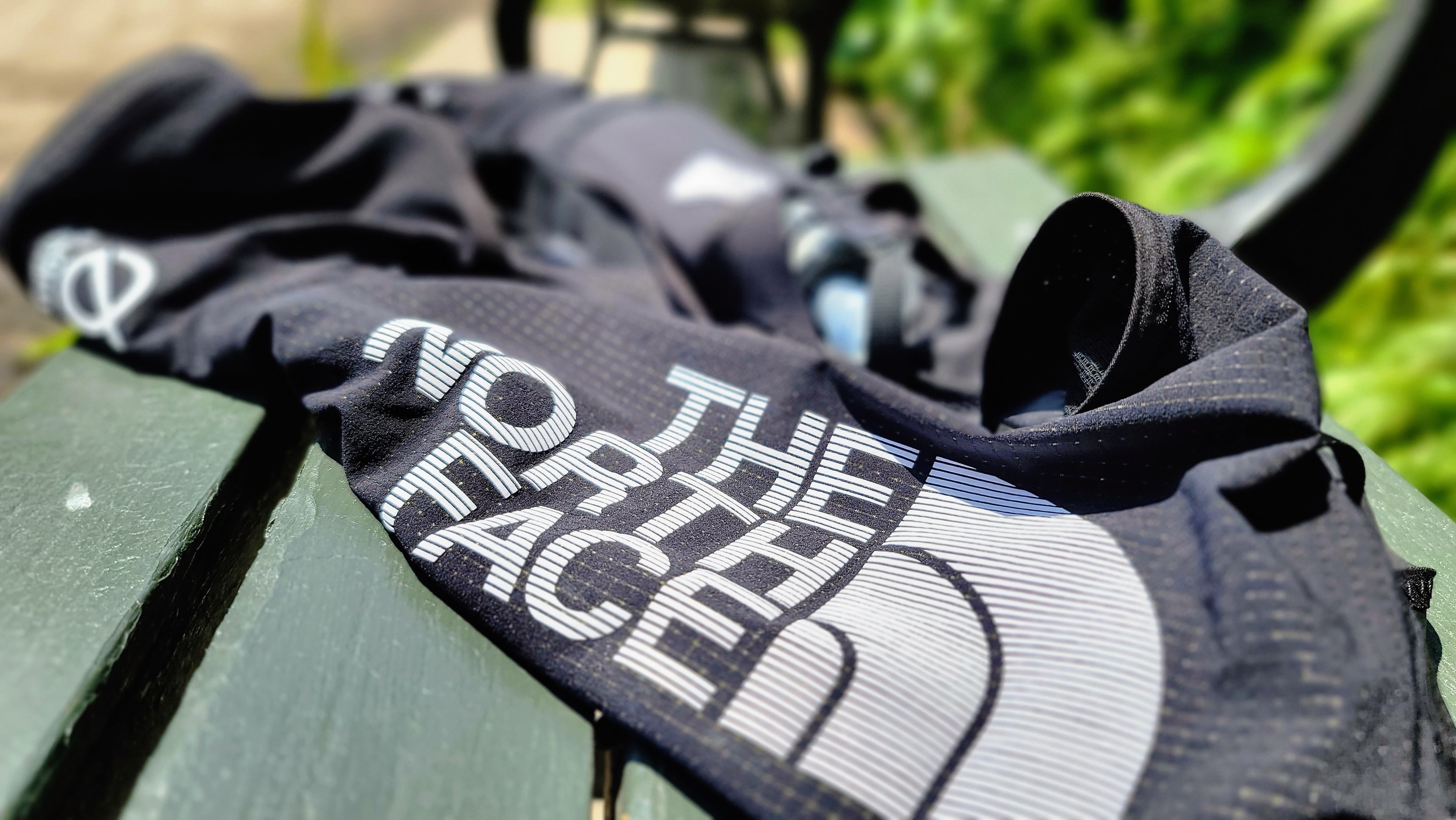
Performance-wise, the TNF Flight Race Day Vest 8 is comparable to the Salomon Active Skin 8, and the only reason I used the Salomon pack for my race was because I’d been testing it longer, and from my limited experience, it’s never a great idea to try out new gear for any long-distance running event.
That being said, I used this hydration pack for a few mid-distance runs in Prospect Park, and it’s my favorite bag on this list for warm-weather running. The entire vest is breathable and stretchable, plus, it dried surprisingly quickly when I was on the move.
Best kid-friendly hydration pack
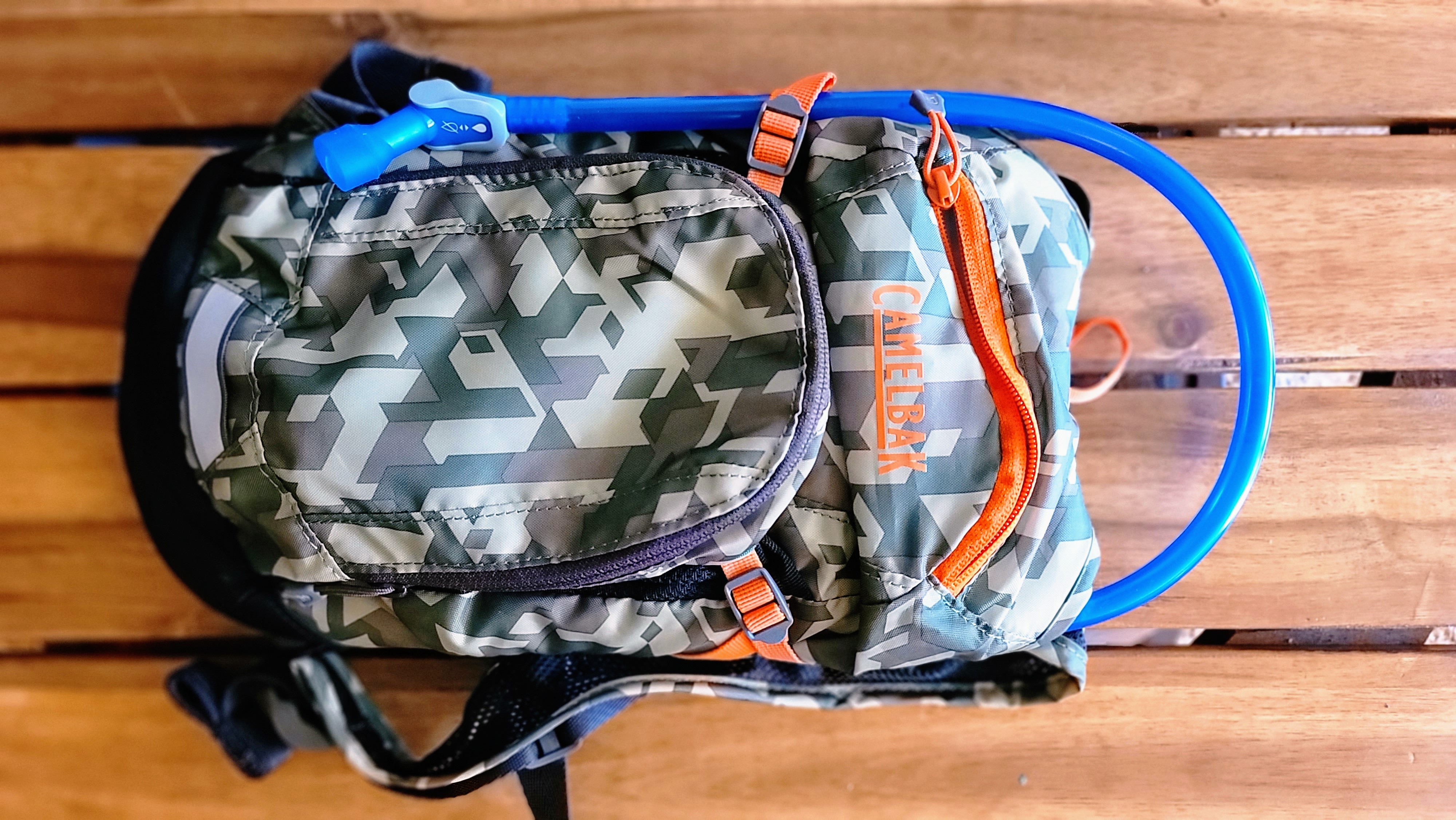
7. Camelbak Mini M.U.L.E. 50 oz Hydration Pack
Our expert review:
Specifications
Reasons to buy
Reasons to avoid
When your kid is tromping alongside you in the woods or at the beach, they’ll feel just like an adult thanks to some serious water storage on their back — up to 1.5 liters — for those hot summer excursions and beyond. At just 7 ounces, the Camelback Mini M.U.L.E. 50 oz Hydration Pack has a comfortable mesh harness and breathable back panel that won't weigh youngsters down (unless you fill it with rocks for the purpose), and secure zippered pockets for plenty of extra snacks.
If you’re raising your kid to love the great outdoors, they’ll need the right hydration pack in the summertime once they venture beyond the backyard. Speaking of which, the Camelback Mini M.U.L.E. 50 oz Hydration Pack comes with a built-in safety whistle on the sternum strap, just in case Junior gets lost. (There are reflective accents, too, making them easier to spot in such situations.)
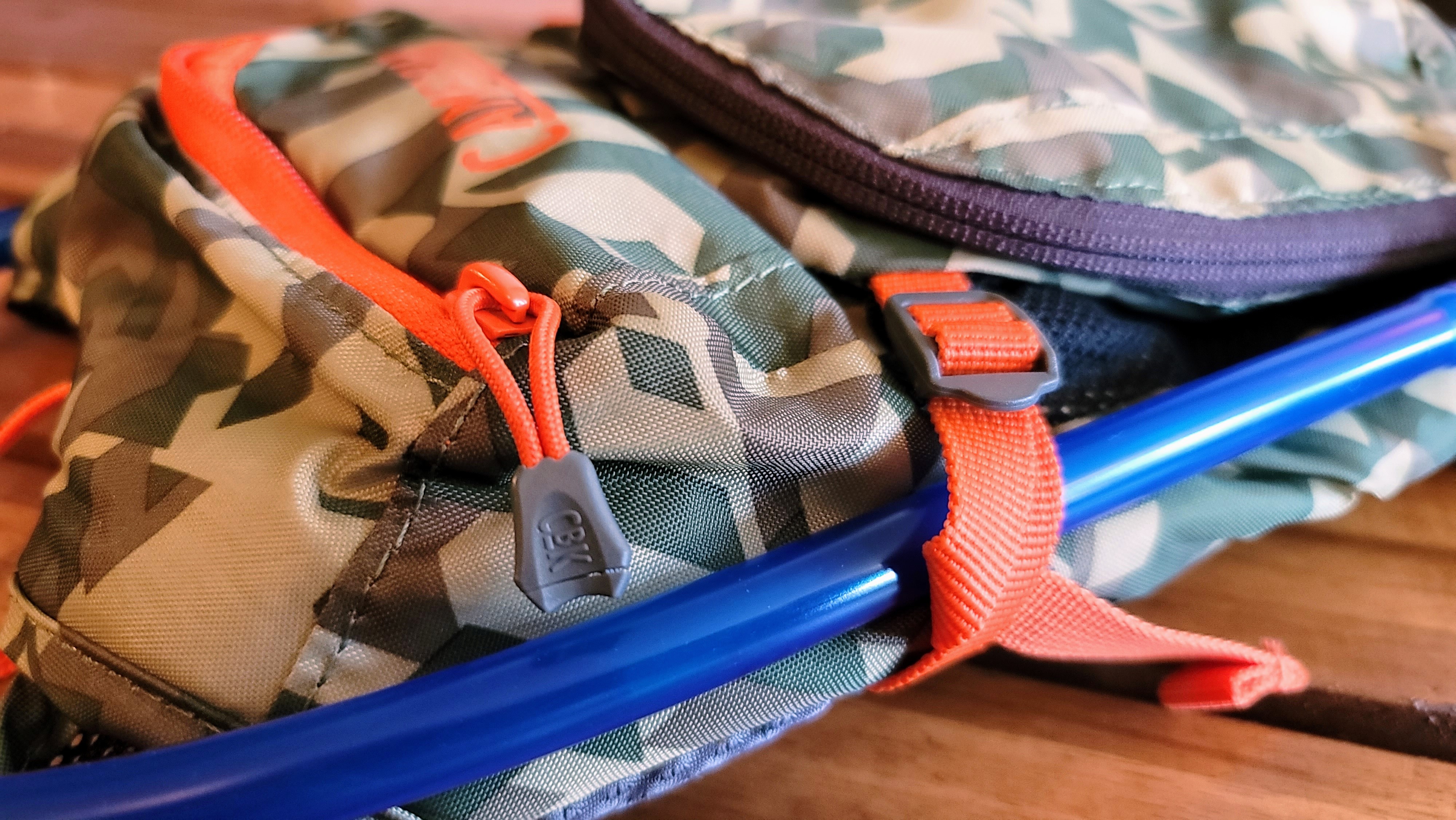
I channeled my inner child to evaluate the Camelback Mini M.U.L.E. 50 oz Hydration Pack as objectively as possible since it wasn’t a good fit on my back. As the name suggests, the Camelback Mini M.U.L.E. 50 oz Hydration Pack pretty much offers all the main features of several other competitors on this list, except in miniature. If I had a kid, this is the hydration pack I’d strap to their back, and if I had a weiner dog, I’d probably do the same.
How we test the best hydration packs
To put each of these hydration backpacks through the proper paces, we evaluate them based on the following:
Construction – While most hydration backpacks are made from similar synthetic materials, some are lighter than others, and we’re looking for breathability, stretchability, durability, and overall weatherproofing. The lighter the bag, the less fatigue we can expect at the end of a given workout or trek. Bonus points for any dual sizing options to accommodate both male and female anatomy, which adds even more customization to the mix.
Comfort – If you’re going to strap several pounds of water, snacks, and outdoor gear to your body for hours on end, the weight should be evenly distributed across your chest and upper back, with minimal adjustments to make when you’re on the move. Larger hydration backpacks often come with padded hip belts and/or multiple sternum straps, and to test how comfortable each one is, we use each backpack for their intended activity — or our closest approximation — before weighing in on overall comfort. (For example, if a hydration backpack is designed for ultra runners, we might use it for a multi-mile trail run in the park. If it’s meant for hiking, we’ll go on a hike. You get the idea.) Friction should be at a minimum, and there should be a moisture management system of some kind to keep back sweat at bay.
Extra features – Hydration backpacks are usually pretty simple in terms of design, but expertly allocated pockets, built-in whistles, and other extras are good to have on the trail. In short, the more clever customization options, the better. Extra features should come in handy when you need them, and be relatively hidden when you don’t.
Value – Once we’ve considered all the factors above, we leverage that information against the backpack’s original MSRP. Hydration backpacks can get surprisingly expensive, and if it costs upwards of $100, the company better be able to justify that cost somehow.
How to choose the best hydration pack for you
When it comes to choosing the best hydration backpack to fit your outdoor sport of choice — not to mention your specific frame — one size most certainly does not fit all. Cyclists, backpackers, campers, trail runners, and marathon racers all have different needs depending on their respective outdoor sport/s, and the best hydration backpacks fill the perfect niche for your lifestyle. Before splurging too much on your next pack, consider the following:
Athletic activity — As you’ll find in our list above, some hydration backpacks were designed with specific sports in mind, whereas others can be utilized for multiple activities. For example, the general H20 needs of marathon runners, ultra runners, and casual joggers cover a wide gamut across various seasons and climates; make sure the hydration backpack you choose can carry exactly what you need – nothing more, nothing less.
Price — While the best hydration backpacks tend to hover around the $100 range, there are plenty of budget-friendly options that cost less than $75. Just remember: you get what you pay for, and you certainly don’t want any of your outdoor equipment to fail in any capacity when you’re multiple miles from civilization.
Build materials — From pure polyester to stretchable elastane to ripstop nylon, the best hydration backpacks are a clever combination of stretchy durability and breathable mesh materials, thanks to lightweight synthetics that keep your valuables dry and your armpits chafe-free. Some backpacks are more weatherproof than others, though.
Design options — Your hydration backpack is one of the most visible pieces of outdoor gear you can own — when it’s slung over your shoulders, anyway — so why not get one to match your personal style? Every bag on this list, incidentally, comes in at least two different colors. Some include snazzy patterns, reflective accents, and two-tone designs to give your next trek a little pizzazz.
Comfort and fit — Outdoor recreation takes all body types, which is why some of the best hydration backpacks come in multiple sizes to fit longer/shorter torsos as necessary. Every body is (quite literally) different, and the more sizing options there are for a given backpack model, the more comfortable fit you can expect when you find just the right bag to suit your exact height and weight. Look for adjustable hip and sternum straps for even more customization on the fly. The tiniest tweaks can make all the difference.
H2O and gear capacity — While all the hydration backpacks on this list have plenty of space for a water reservoir (or bladder, if you prefer) in the main compartment, our favorite models have a dedicated pocket for the purpose, not to mention room for additional water flasks. If you’ll be wandering where water is scarce, consider a bag that can carry two liters or more; you don’t have to fill it up all the way for every single excursion, after all. For outdoor athletes who like to keep things light, vest-style backpacks are a form-fitting way to keep proper hydration at the tip of your tongue, and any on-the-move essentials at your fingertips.
Same goes for extra storage. While more miniscule bags might only have a liter or two of primary pocket space, fastpackers and day hikers will appreciate a bit more room for their gear, and there are lots of hydration backpacks that include 20 liters or more of extra space — including room for all that water.
Frequently asked questions about hydration packs
Are hydration packs worth it?
If you're heading out for a run or hike that's going to take multiple hours, it's a good idea to invest in a hydration backpack. Dehydration is dangerous, and if there's not enough stops along the way to refill your water bottle, you'll need to ensure you're carrying enough with you.
The benefit of having a specific hydration pack as opposed to a general backpack is that they usually have a dedicated space for a bladder or soft flasks which you can access quickly on the move making it easier to stay hydrated.
How long can you leave water in a hydration pack?
If you're out on a hike, it's a good idea to empty and refill your hydration pack at the end of each day. The maximum time you should leave water in a hydration pack is 3-5 days, after this, the water might go bad.
Should I get a 2L or 3L bladder?
Many hydration packs will come with the right-sized bladder for their compartment, but if they don't this is the first thing you should check before picking your bladders size.
Most lightweight hydration packs for runners will work best with a smaller 2L bladder, which is less bulky and easier to carry while running. If you're mainly getting a hydration back for hiking or know that your adventures will keep you away from a water source for long stretches, then a 3L bladder might be a better bet.
Get instant access to breaking news, the hottest reviews, great deals and helpful tips.

As a freelance journalist, TJ has over a decade of multi-medium storytelling under his belt. Leveraging a quarter century of collective coddiwompling amid the ever-evolving landscape of wireless gadgetry, his unique editorial background allows him to explore a variety of tech-centric subsectors on this fascinating planet. When he's not field testing new gear in the Catskills, Adirondacks, or an actual field, he can be found sipping Negronis in his living room and crafting Dr. Seussian poetry inside a tattered moleskin.
- Dan BracagliaSenior Writer, Fitness & Wearables
